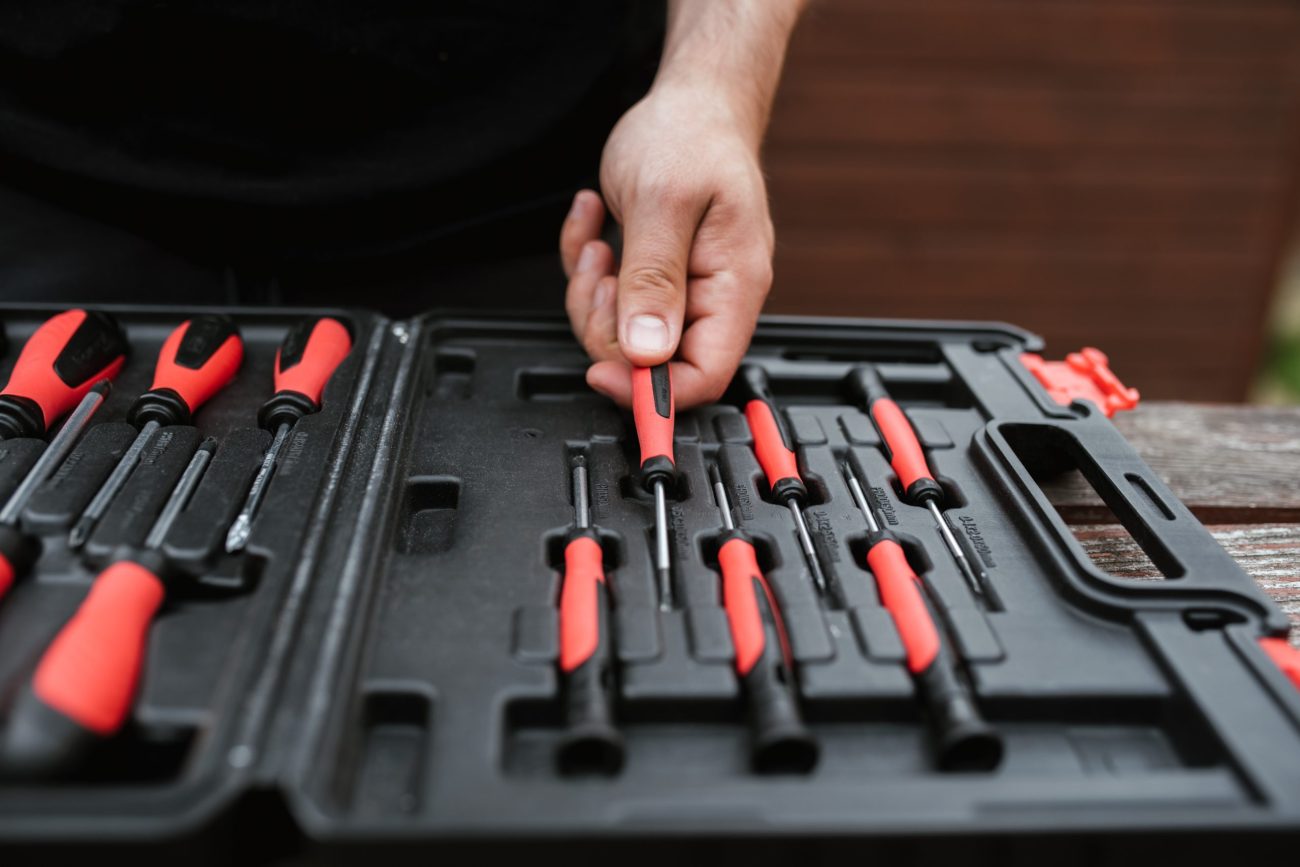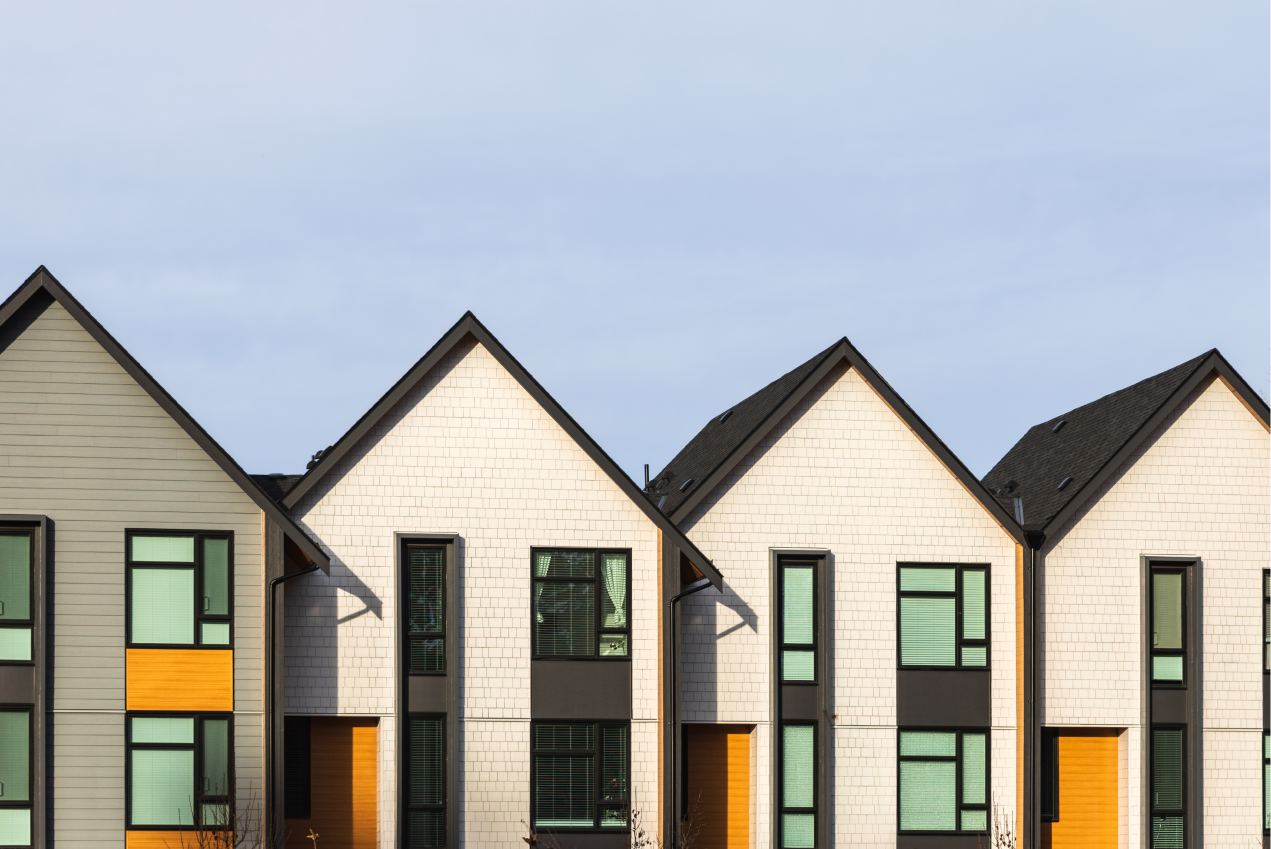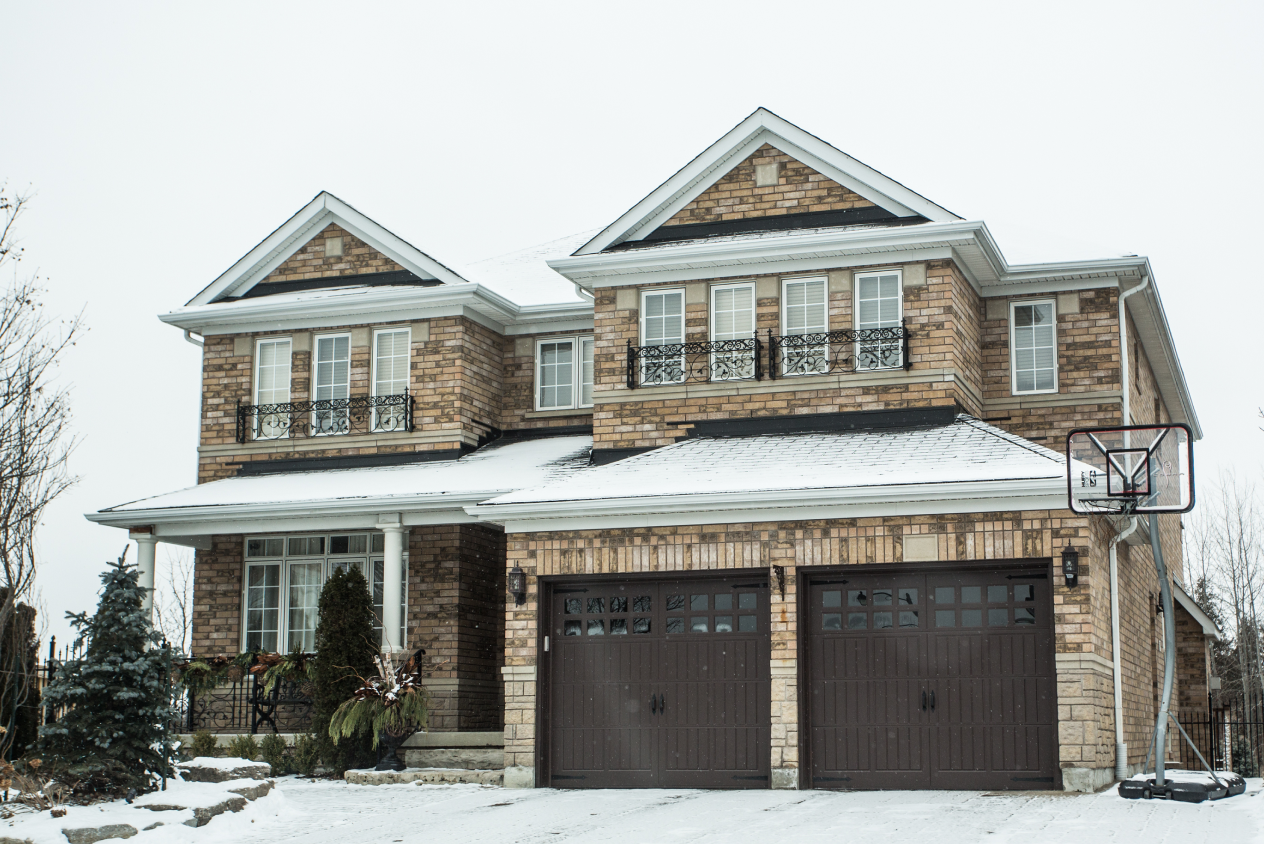Home maintenance can feel daunting; especially if you’re a new homeowner. Great maintenance keeps your home in great shape, in the same way that brushing your teeth can prevent you from needing a root canal down the road. By being proactive with home maintenance, you can prevent major damage and bigger repairs in the future. You’ll also save money on heating and cooling costs and keep your home safe and comfortable.
How should I consider potential maintenance when I’m looking for a home?
When you’re checking out homes you might want to buy, take time to consider the maintenance you’re committing to if you choose the property.
- Have the previous owners been properly maintaining the property you’re considering? Lazy maintenance from a former owner could result in additional repairs you’ll need to do, and point to bigger issues with the property’s structure, plumbing, or electrical systems. Even something as simple as well caulked and weatherstripped draft points are a clue that someone has been paying attention to the little details. Ask about insulation, notice whether windows and doors seal well, and look for signs of mold or water damage.
- Notice cracks in the foundation, strategically placed furniture that might be designed to hide flaws, and the slant of floorboards.
- Thoughtfully consider the results of home inspections to ensure you understand what maintenance tasks and costs might be in store.
- How old are the electrical systems, and when was the house itself built?
- What would the maintenance look like in a different season? A long driveway might be nice for privacy, but think about what it will be like to snowblow it in the winter. Signs of damage on a porch or deck might not be visible until the snow thaws and water pools close to the home’s structure.
- Consider the outdoor space; does the deck sag or droop? What wildlife can you expect nearby, and are they a nuisance for plants or lawns? Are the plants in the garden perennials that will pop up unprovoked, or is landscaping maintenance needed? How often will you need to mow the lawn?
How much does home maintenance cost?
Home maintenance costs vary depending on the size, outdoor space, history, and age of the property you own. In general it’s wise to keep at least 1% of the cost of your home for maintenance costs yearly. When you buy your home, use the list above to consider how much each step costs and which steps will require a professional. Then keep track of home maintenance costs in the first year so you know what to expect in the future.
Home maintenance checklist
Ensure proper drainage
Drainage is an important factor in mitigating flood risks and preventing damage. Blocked gutters can cause flooding or damage from built up ice or fallen leaves. Make sure you remove debris and hanging icicles from gutters and eavestroughs and other areas where water needs to be able to flow and drain. If you notice eavestroughs regularly clogging, consider installing a screen top to keep water moving.
Cleaning is maintenance
Regularly cleaning floors, windows, tiles, and carpets helps present mildew, mold, and grime. Vacuum grilles or heating registers to avoid blockages. Don’t forget about areas like your range hood (that filter above your stove) to make sure it’s effectively filtering the grease and steam that rises when you cook.
Properly winterize your home
Freezing temperatures, heavy snowfall, and winter storms make it especially important to properly winterize your home. Preventative winter maintenance protects your home from damage and can save you money on heating bills:
- Weatherstripping and caulking help seal drafts and prevent air leaks; regularly check for holes, cracks, and gaps to seal.
- Regularly shovel and snow blow walkways, and use an eco-friendly melting agent to protect your property, grass, and walkways.
- Trim branches and trees that might bend or break in winter storms.
- Avoid heat loss by properly insulating your attic.
- Drain outdoor water lines and insulate water pipes to avoid freezing.
- Store patio furniture inside and clear the lawn before the first snowfall.
- Drain outdoor faucets to avoid freezing.
Hoses and pipes
Making sure pipes don’t freeze is an important part of winter maintenance. Disconnect water hoses so they don’t freeze or burst. Invest in insulation for water pipes, especially when they’re close to outdoor walls. Check the caulking showers, tubs, and sinks to avoid damp patches and mold. Look for leaks or running toilets, and make sure you know where your home’s shutoff valve or main water supply is.
Prioritize safety
- Check your fire extinguishers to check the pressure and look for damage, and make sure seals are intact.
- Test carbon monoxide and smoke detectors by pressing down the test button and waiting for a beep. Only use new batteries in detectors.
- Replace your furnace filter regularly, especially in the summer and winter.
- If you have a chimney, sweep it every season before you use it to remove birds nests, natural debris, and built up soot.
Lawns and outdoor spaces
- Excess weight or damage on your roof could cause flooding or other issues. Watch for buckling, missing shingles, asymmetry, or other irregularities on the roof of your home. Have your roof inspected regularly to get a birds-eye view of potential damage. The lifespan of your roof depends on the material you’re using; cedar or wooden shingles can last 20 to 30 years when well maintained, while asphalt shingles last from 15 to 30 years, depending on the quality and whether you’re using fiberglass or organic shingles. Metal roofing typically lasts four times longer than asphalt roofing does. Typically darker roofing needs replacement sooner than lighter colours do.
- Fertilize your lawn in the fall to help grass to grow after the winter.
- Don’t forget about deck maintenance. Watch for wobbly or loose planks, nails, or gaps on porches and decks. Notice how water drains after snow or rainfall to make sure it’s draining off of your deck, not towards your home –– this can cause damage to floors or foundational issues. Spring and fall are a great time to tend to deck repair and maintenance.
Expert tips for preventative home maintenance
- Get your septic tanks checked by a professional yearly to avoid backup.
- Clear off debris and dirt from your air conditioner.
- Ensure that your bathroom and kitchen are well ventilated; hold a tissue up to the bathroom exhaust fan to see if the tissue is being pulled in.
- Watch for foggy windows; this could signify poor ventilation or excessive humidity.
- Observe the foundation of your home for cracks. If you notice cracks, mark them with tape or marker so you can keep track of whether they’re growing or deepening.
- Consider installing home monitoring or camera systems to protect your home, and invest in timed lights to avoid break-ins if you’re away on a vacation.
Navigate the homebuying process with Houseful.
Feel confident in your home journey with a tailored search experience based on the features and details you care about most. Our comprehensive experience helps you find a home that fits. Start searching for your new home.
Find more information on how to buy a home, how to sell your home, and mortgage and finance tips, see our Home Journey How-To’s or sign up at houseful.ca.
This article offers general information only and is not intended as legal, financial or other professional advice. A professional advisor should be consulted regarding your specific situation. While the information presented is believed to be factual and current, its accuracy is not guaranteed and it should not be regarded as a complete analysis of the subjects discussed. All expressions of opinion reflect the judgment of the author(s) as of the date of publication and are subject to change. No endorsement of any third parties or their advice, opinions, information, products or services is expressly given or implied by Royal Bank of Canada or its affiliates.
Browse the newest listings in your area
OJOHome Canada Ltd. (“Houseful”) is a wholly-owned subsidiary of Royal Bank of Canada
20 King Street West, 8th Floor
Toronto, ON, Canada, M5H 1C4
833-709-1946
IDX information is provided exclusively for consumers’ personal, non-commercial use and that it may not be used for any purpose other than to identify prospective properties consumers may be interested in purchasing. Information deemed reliable but not guaranteed to be accurate. Listing information updated daily.
Houseful is committed to ensuring accessibility for individuals with disabilities. We are continuously working to improve the accessibility of our web experience for everyone. We welcome feedback and accommodation requests, please submit them here.
The trademarks REALTOR®, REALTORS®, and the REALTOR® logo are controlled by The Canadian Real Estate Association (CREA) and identify real estate professionals who are members of CREA. The trademarks, Multiple Listing Service® and the associated logos are owned by CREA and identify the quality of services provided by real estate professionals who are members of CREA. Used under license.
Please use the following address to send referral payments:
Lockbox: OJOHome Canada Ltd. PO Box 9479, Stn A, Toronto, ON M5W 4E1
Lockbox Number: T09479C
® / ™ Trademark(s) of Royal Bank of Canada. Used under licence.




